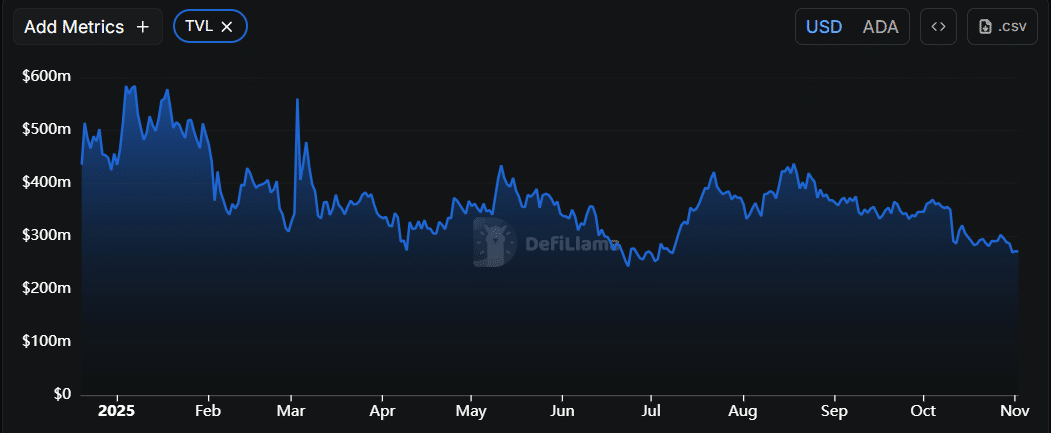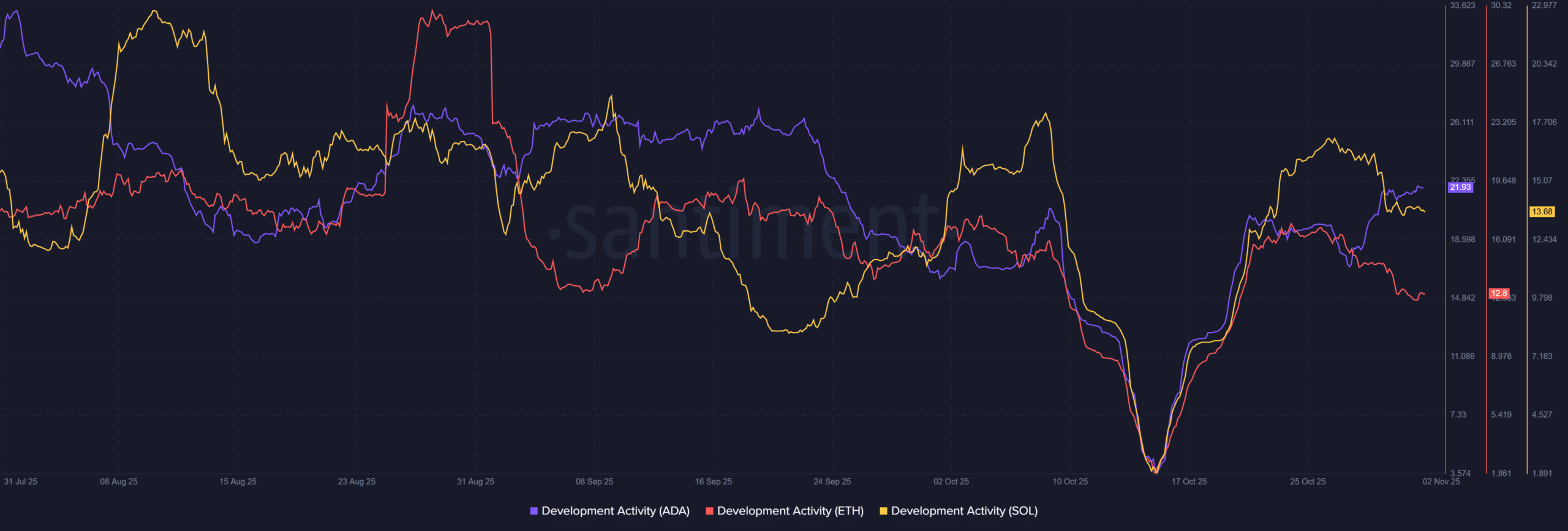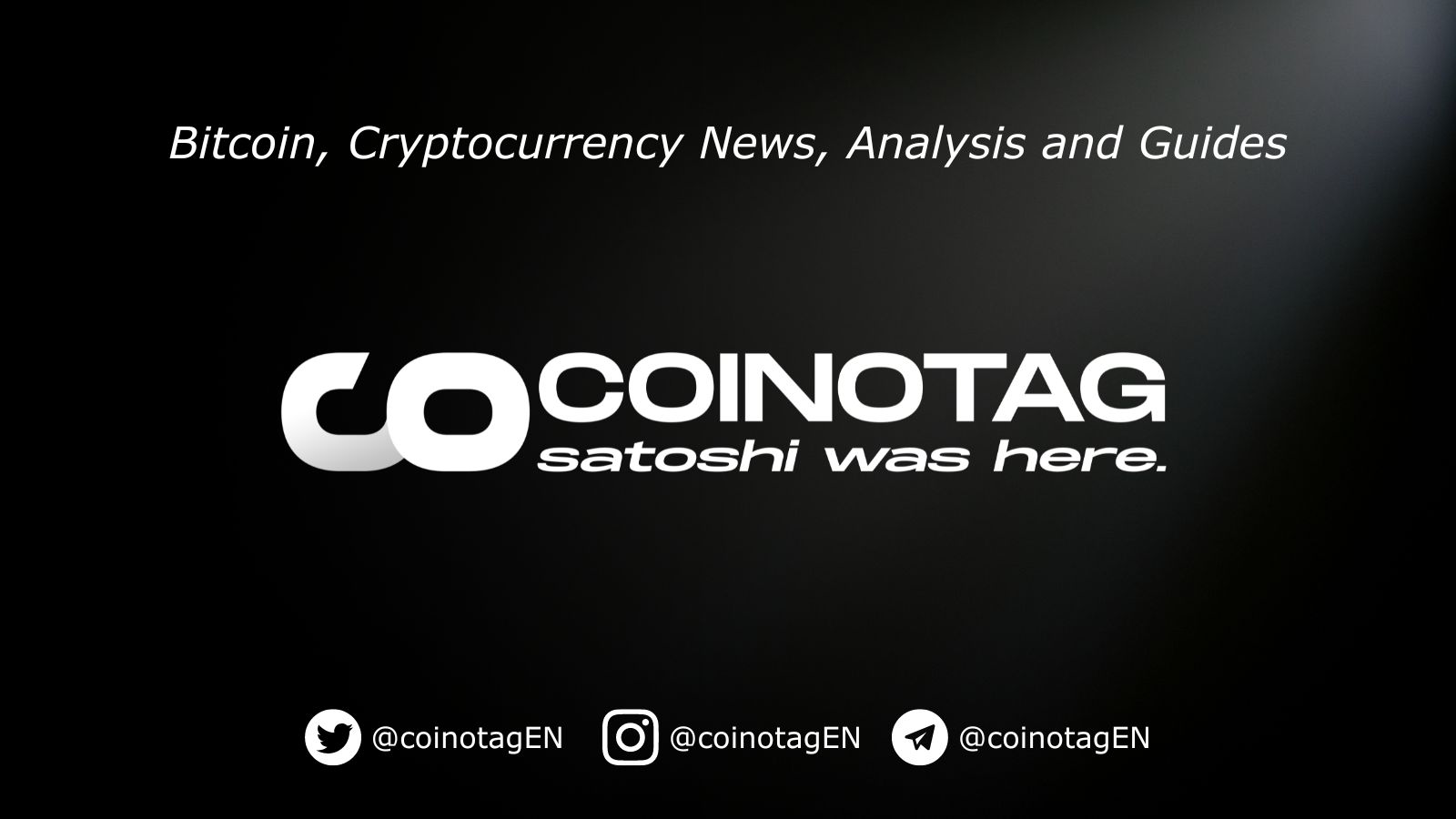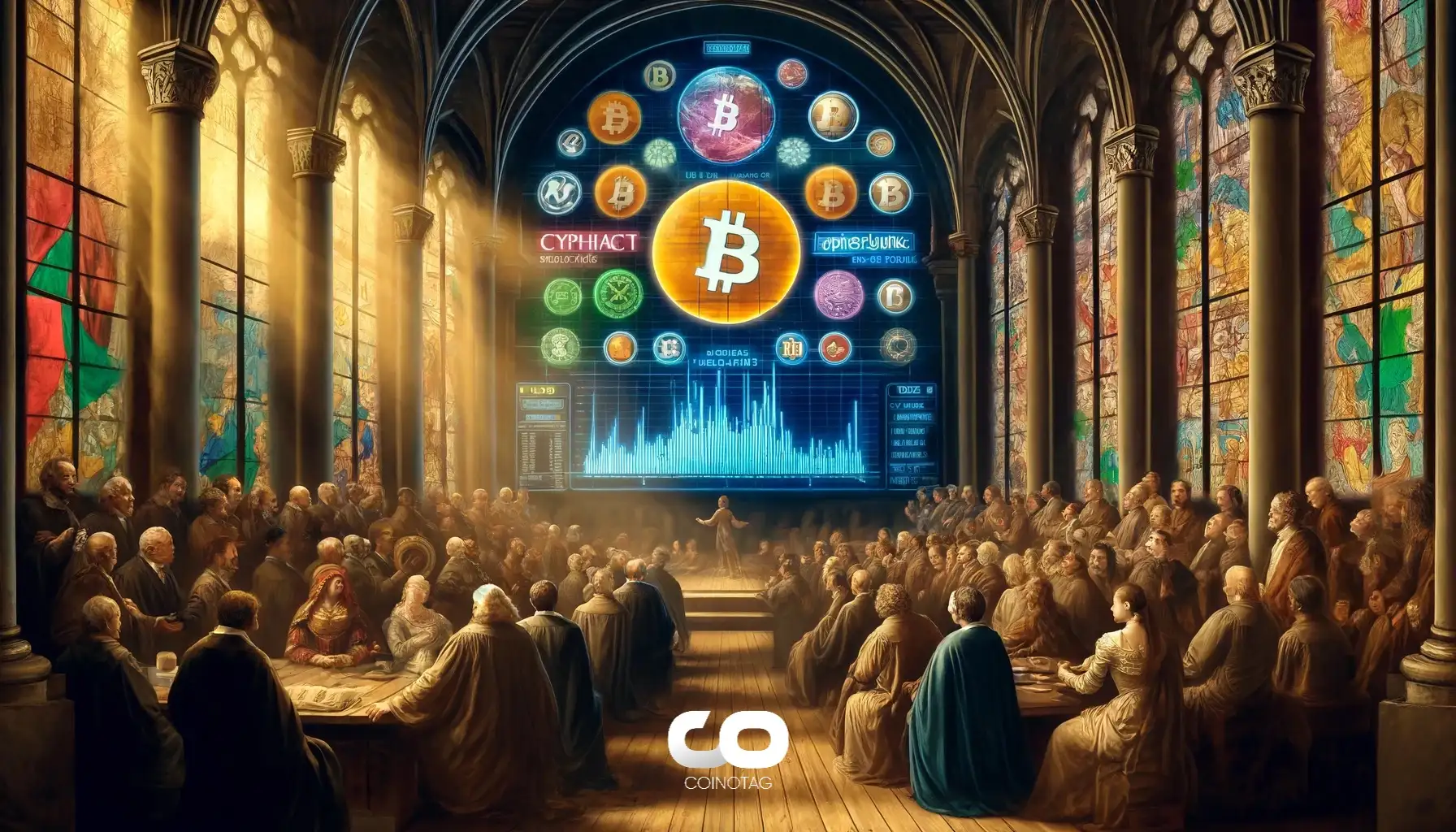Cardano's DeFi Stagnation: Coordination Hurdles and Potential Bitcoin Liquidity Boost
Cardano's DeFi problem stems from coordination and governance issues, not technology, as highlighted by Charles Hoskinson. With 1.3 million active users staking ADA, the network struggles to activate them in DeFi, resulting in low TVL of $271 million compared to Ethereum's $85.5 billion. Cardan

Cardano’s DeFi problem stems from coordination and governance issues, not technology, as highlighted by Charles Hoskinson. With 1.3 million active users staking ADA, the network struggles to activate them in DeFi, resulting in low TVL of $271 million compared to Ethereum’s $85.5 billion.
-
Cardano’s core challenge is a lack of community coordination, preventing its large staking base from engaging in DeFi protocols effectively.
-
Hoskinson emphasizes governance and accountability as key barriers, creating a cycle of low liquidity and activity.
-
Despite this, Cardano leads in development activity per Santiment data, surpassing Ethereum and Solana in late October 2025, with TVL at $271 million versus competitors’ billions.
Discover Cardano’s DeFi problem: coordination gaps hinder growth despite strong tech. Learn Hoskinson’s Bitcoin linkage strategy for liquidity boost. Explore solutions now for ADA investors.
What is Cardano’s DeFi Problem?
Cardano’s DeFi problem revolves around insufficient coordination and governance, which prevent its robust user base from fully participating in decentralized finance activities. Charles Hoskinson, Cardano’s founder, has clarified that the blockchain’s technology is sound, but the network faces challenges in aligning community efforts compared to rivals like Ethereum and Solana. This results in stagnant total value locked (TVL) metrics, despite over 1.3 million active users staking ADA tokens.
How Can Cardano Overcome Its DeFi Stagnation?
Cardano aims to address its DeFi stagnation by integrating with Bitcoin and incorporating real-world lending mechanisms through initiatives like Midnight and RealFi. Hoskinson envisions this approach drawing in external liquidity, potentially unlocking billions in capital by enabling ADA and BTC to be lent, converted into stablecoins, and utilized in traditional credit markets. According to data from DeFiLlama, Cardano’s current TVL stands at $271 million as of early November 2025, a fraction of Ethereum’s $85.5 billion and Solana’s $11.29 billion, underscoring the urgency for these integrations.
Source: DeFiLlama

Hoskinson’s insights, shared via his official channels, highlight that Cardano’s issues are not rooted in technical deficiencies. Instead, they stem from a “chicken and egg” dilemma where low on-chain DeFi activity deters liquidity providers and partners. He stated, “It’s not a technology problem. It’s not a node problem. It’s not a problem of imagination and creativity. It’s not a problem of execution. We can pretty much do anything. It’s a problem of governance and coordination and ultimately accountability and responsibility.” This perspective aligns with observations from blockchain analytics, where Cardano’s staking participation remains high at over 1.3 million users, yet DeFi engagement lags.
To break this cycle, Cardano’s strategy focuses on bridging to Bitcoin’s vast liquidity pools and real-world assets via RealFi. Experts in the space, including those from Input Output Global (IOG), note that such integrations could transform ADA into a more versatile asset for lending and borrowing. Santiment’s Development Activity index further supports this optimism, showing Cardano outperforming Ethereum and Solana in late October 2025, indicating sustained builder interest despite the TVL shortfall.

Source: Santiment
This development momentum contrasts sharply with Cardano’s market performance. As of November 2025, ADA trades around $0.60, remaining below key exponential moving averages (EMAs): the 20-day EMA at $0.65, 50-day at $0.71, and 200-day at $0.74. Technical indicators from TradingView reveal weak momentum, with the Relative Strength Index (RSI) not approaching bullish territories and the Chaikin Money Flow (CMF) dipping below zero, signaling limited capital inflows.

Source: TradingView
The network’s potential remains untapped, with Hoskinson pointing to Midnight’s privacy features and RealFi’s asset tokenization as catalysts. These tools could enable seamless interactions between Cardano’s ecosystem and broader financial systems, addressing the coordination gap. Industry analysts, drawing from IOG reports, suggest that successful implementation might elevate Cardano’s DeFi TVL significantly within the next year, fostering greater adoption among its staking community.
Frequently Asked Questions
What Causes Cardano’s Low DeFi TVL Despite High Staking Activity?
Cardano’s low DeFi TVL of $271 million arises from poor governance and coordination, as explained by Charles Hoskinson. Over 1.3 million users stake ADA but rarely participate in DeFi due to limited liquidity incentives and a self-reinforcing cycle of inactivity, unlike Ethereum’s mature ecosystem.
Can Cardano Integrate with Bitcoin to Boost DeFi Liquidity?
Yes, Cardano plans to link with Bitcoin through projects like Midnight and RealFi, allowing ADA holders to access BTC liquidity for lending and stablecoin conversions. This natural integration could inject billions into Cardano’s DeFi, breaking stagnation and attracting real-world capital flows.

Source: IOHK_Charles on X
Key Takeaways
- Coordination Over Technology: Cardano’s DeFi problem is governance and community alignment, not tech limitations, affecting its 1.3 million users.
- Strategic Integrations: Linking to Bitcoin and real-world lending via Midnight and RealFi could unlock billions in liquidity for ADA.
- Monitor Development Momentum: Cardano leads in builder activity per Santiment, signaling potential recovery despite current weak price trends around $0.60.
Conclusion
Cardano’s DeFi problem highlights the critical role of governance in blockchain success, as evidenced by Hoskinson’s focus on coordination to activate its staking base. By pursuing Bitcoin integrations and real-world lending solutions, the network positions itself for substantial growth in TVL and adoption. As development activity surges, stakeholders should watch for signs of increased liquidity, paving the way for Cardano to reclaim its innovative edge in the evolving crypto landscape.
Delegate Your Voting Power to FEED DRep in Cardano Governance.
DRep ID: drep12ukt4ctzmtf6l5rj76cddgf3dvuy0lfz7uky08jfvgr9ugaapz4 | We are driven to register as a DRep by our deep dedication to the Cardano ecosystem and our aspiration to take an active role in its development, ensuring that its progress stays true to the principles of decentralization, security, and community empowerment.DELEGATE VOTING POWER!







